In the 1950s and the 1960s, U.S. administrations were determined to prevent Western European countries from developing independent national nuclear weapons programs. To do so, the United States attempted to use its technological pre-eminence as a tool of “soft power” to steer Western European technological choices toward the peaceful uses of the atom and of space, encouraging options that fostered collaboration, promoted nonproliferation, and defused challenges to U.S. technological superiority. Sharing Knowledg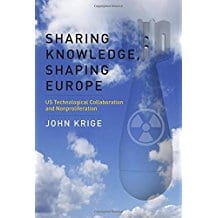 e, Shaping Europe describes these efforts and the varying degrees of success they achieved. Multinational arrangements involving shared technological platforms and aimed at curbing nuclear proliferation reveal the roles of the Department of State, the Atomic Energy Commission, and NASA in this agenda. To their dismay, these agencies discovered that the use of technology as an instrument of soft power was seriously circumscribed, by internal divisions within successive administrations and by external opposition from European countries. It was successful, I argue, only when technological leadership was embedded in a web of supportive “harder” power structures.
e, Shaping Europe describes these efforts and the varying degrees of success they achieved. Multinational arrangements involving shared technological platforms and aimed at curbing nuclear proliferation reveal the roles of the Department of State, the Atomic Energy Commission, and NASA in this agenda. To their dismay, these agencies discovered that the use of technology as an instrument of soft power was seriously circumscribed, by internal divisions within successive administrations and by external opposition from European countries. It was successful, I argue, only when technological leadership was embedded in a web of supportive “harder” power structures.
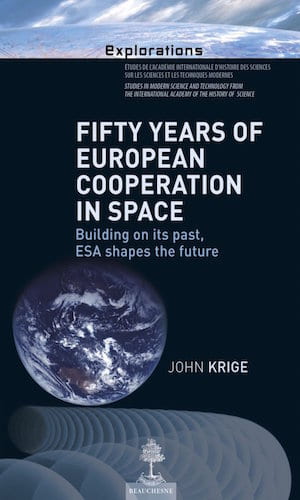 |
Fifty Years of European Cooperation in Space is an overview of the European space effort from the early 1960s to 1987 (published by ESA in two volumes in 2000 as an ESA Special Report ESA-SP-1235), and brings it up to date with chapters on science, applications, launchers, Galileo and Copernicus. The role of the European Union/Commission in the evolution of the European space program is also dealt with. The book comprises 29 chapters that are hopefully accessible to any reader with a serious interest in the evolution of the European program from ESRO and ELDO into ESA today. It incudes an extensive illustrated chronology and a select bibliography. |
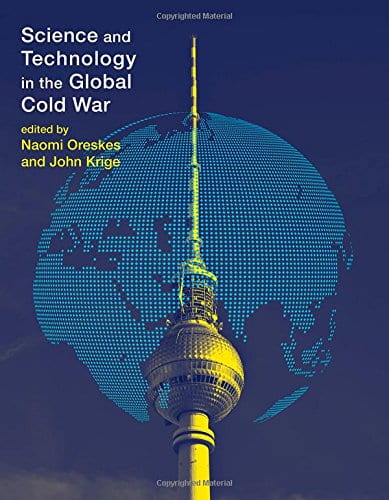 |
Science and Technology in the Global Cold War (MIT Press, 2014), co-edited with Naomi Oreskes, is a collection of articles covering the development of various sciences in a variety of global regions. Its inspiration lay in the famous debate between Paul Forman and Daniel Kevles on the effects of state patronage on the autonomy of science, and this inspired many papers. Apart from the editors, the collection has contributions from Erik Conway, Elena Aronova, Angela Creager, David Kaiser and Ben Wilson, George Reisch, Sigrid Schmalzer, Sonja Schmid, Matt Shindell, Asif Siddiqi, and Zuoyue Wang. The conclusion, written by Krige, summarizes some of the main points made in the volume. |
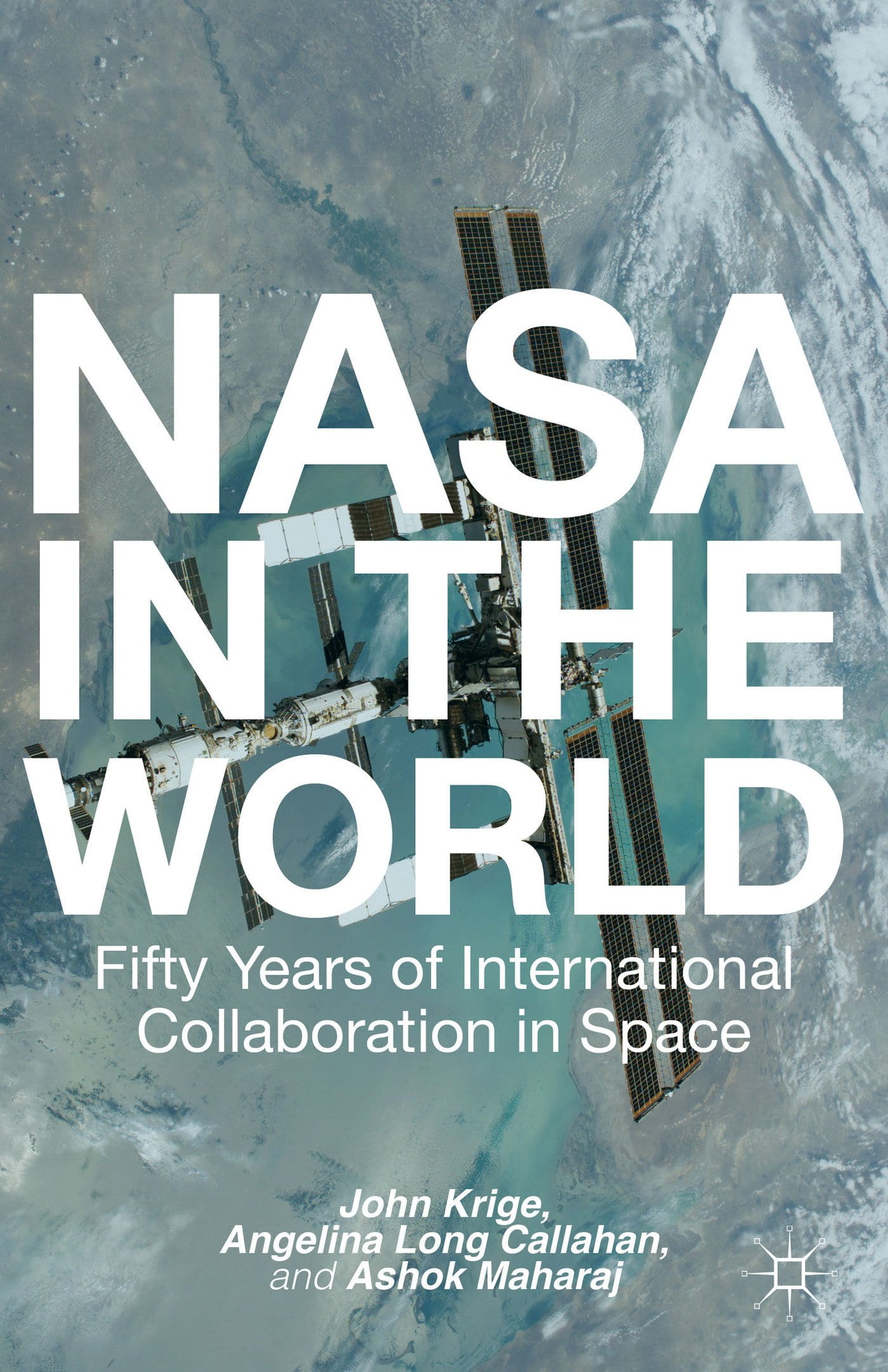 |
NASA in the World, Fifty Years of International Collaboration in Space (2013) co-authored with Angelina Long Callahan and Ashok Maharaj, is a study of 50 years of NASA’s international collaboration in space, and deals with India and Japan, the USSR and Russia, and Western Europe. The book treats NASA as a vector of US foreign policy and decribes the strategies it evolved to satisfy one mandate, to collaborate internationally, without violating the other, to secure US global leadership in space science and technology |
 |
American Hegemony and the Postwar Reconstruction of Science in Europe (2006) describes the role that the State Department, American Foundations (Rockefeller and Ford) and scientific statesmen played in trying to reshape and modernize European science in the first decades of the cold war. Fields covered incude physics, biology, and operations research. Core European institutions include the French CNRS, CERN, The Niels Bohr Institute and NATO. A study is made of the failed attempt to establsh an MIT in Europe. American hegemony is consensual and coproduced, not imposed from above; if this is ’empire’ it is ’empire by invitation’ (Lundestad). |
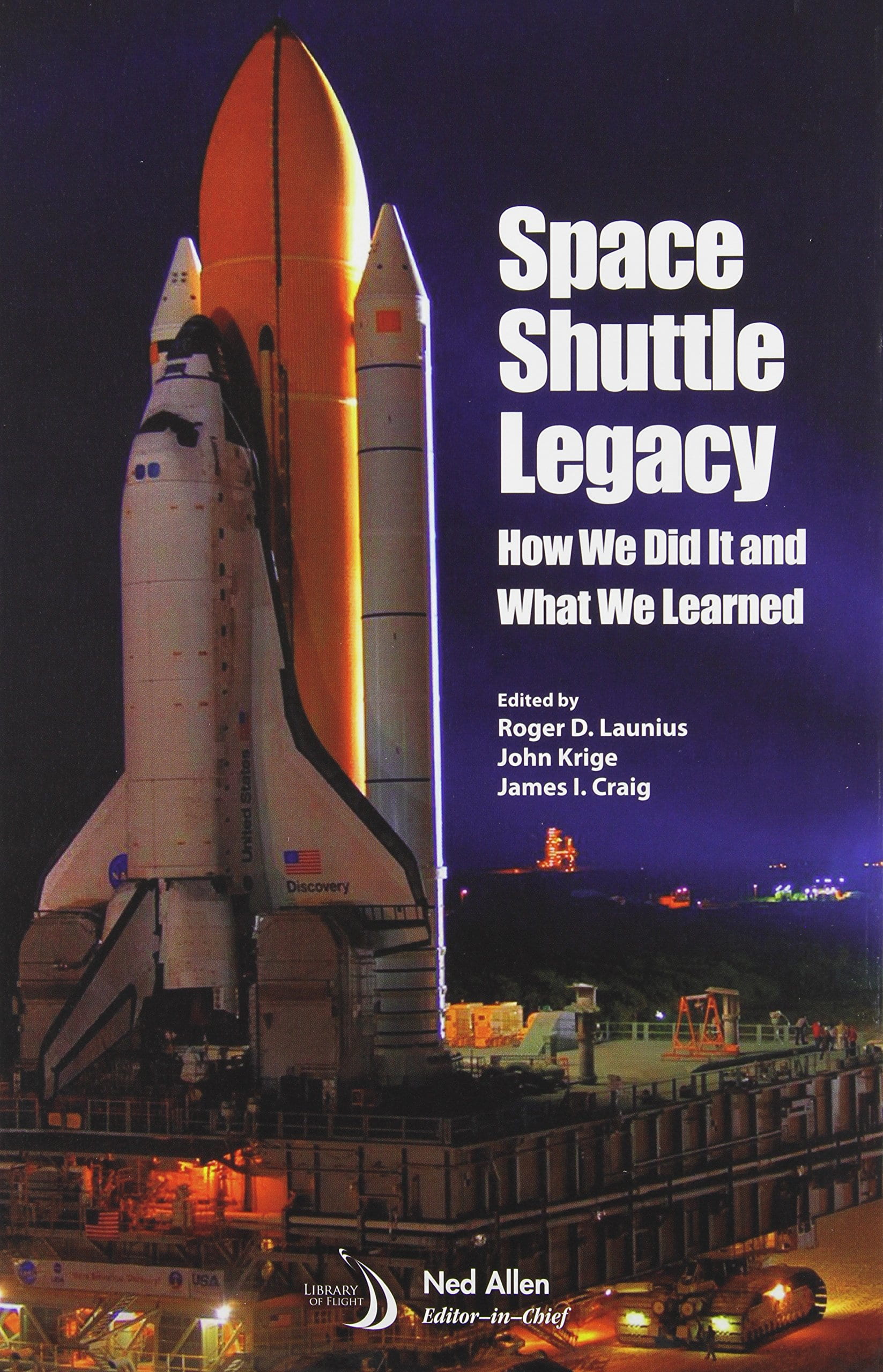 |
Space Shuttle Legacy, How We Did It and What We Learned, (2013) co-edited with Roger Launius and Jim Craig, surveys thirty years of Space Suttle activity aiming to draw ‘the lessons of history’. It deals with critical components like the main engine, the thermal protection system, and the software. It embeds the design in the history of NACA/NASA’s fascination with the space plane, describes the changing management structures put in place to run the program, analyzes the Challenger and Columbia accidents, describes operations and life in orbit, explores the balance between science and space station missions, reflects on the meaning of the shuttle as a social icon and asks What next?. Authors include Hersch, Foster, Lambright, Logsdon and McCurdy. My chapter deals with the proposal that Western Europe contribute $1billion of hardware to the orbiter and/or a space tug. |
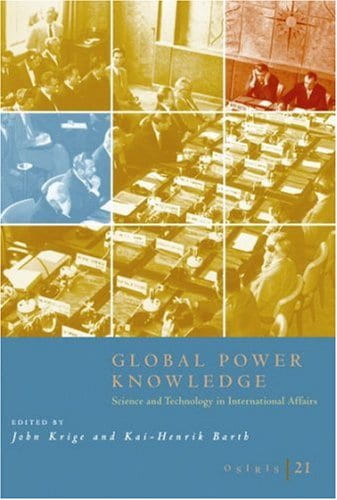 |
Global Power Knowledge. Science, Technology and International Affairs (Osiris Vol. 21, 2006) is a collection with articles by the editors, myself and Kai-Henrik Barth, as well as by Itty Abraham, Alexis De Grieff, Ron Doel & Kris Harper, Paul Edwards, Jean Paul Gaudillière, Jake Hamblin, Gabrielle Hecht, Sheila Jasanoff, Bill Leslie & Robert Kargon and Clark Miller My chapter is available on this website at selected articles/atoms for peace. |
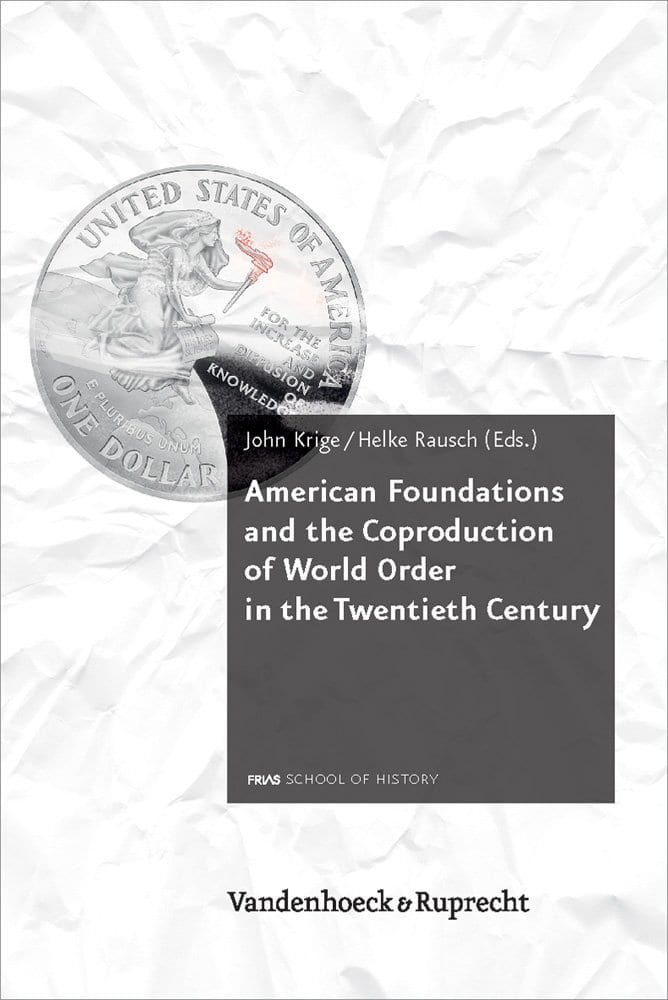 |
American Foundations and the Coproduction of World Order in the Twentieth Century, (2012) co-edited with Helke Rausch presents new work on Foundations in a global perspective, including the Rockefeller Foundation’s support for anthropology, for disease control and for French science in the interwar period, and the Ford Foundation’s activities in Western Europe and in India in the 1950s-60s. Three languages. My chapter on the Ford Foundation is available on this website at selected articles/transnational circulation-proliferation. |